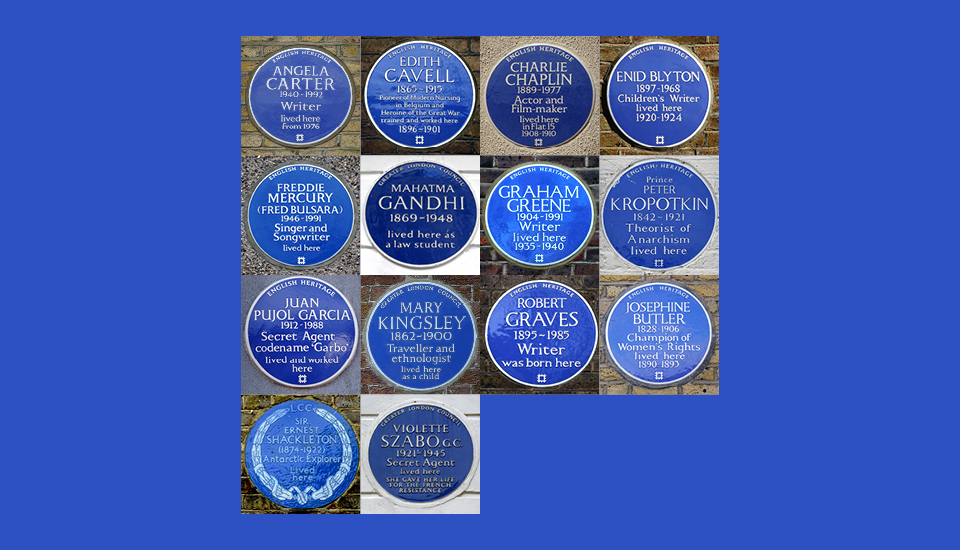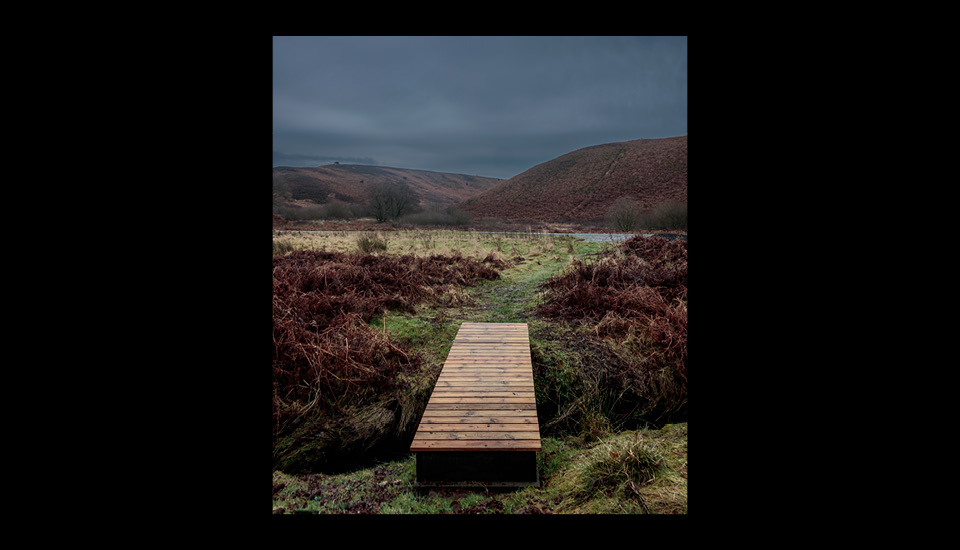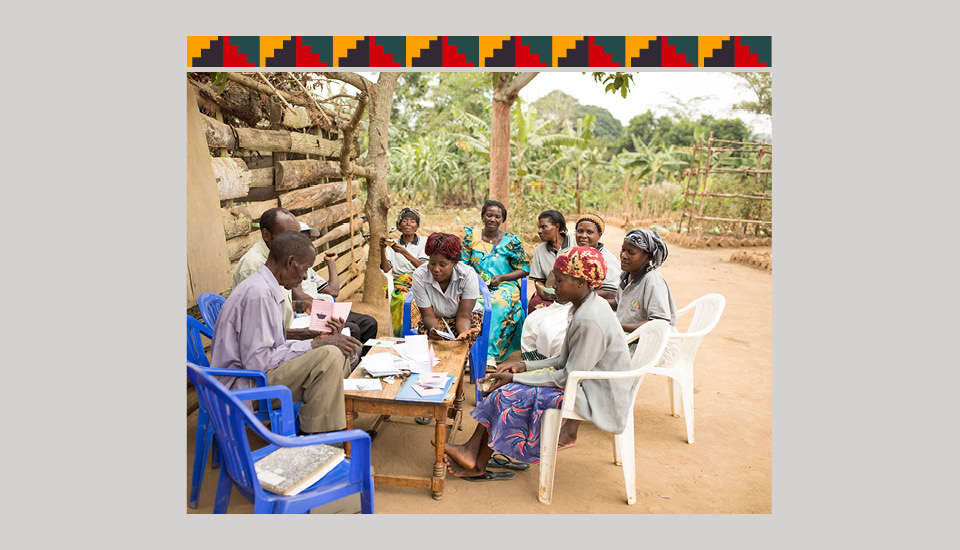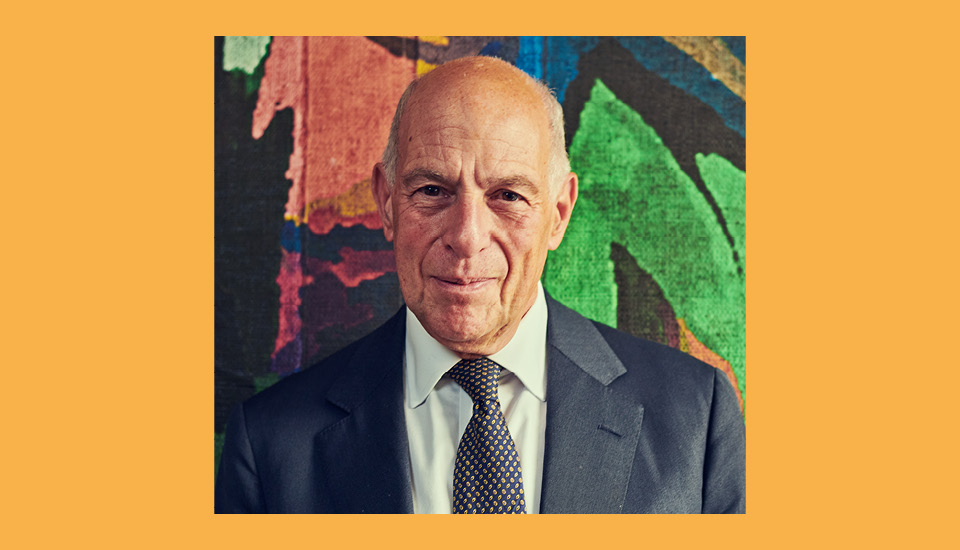
Sir Henry Cole’s list of achievements is long and varied — the first director of the V&A, he helped establish the Great Exhibition, reformed the postal service, introduced Christmas cards and was hugely influential at the then Society of Arts.
So it is only right that ‘King Cole’ is commemorated by a blue plaque where he lived and worked in London’s South Kensington.
It is fair to say that Cole would have approved, as he played a large part in the creation of the blue plaque initiative. Writing a letter to the Journal of the Society of Arts in July 1863, the former chairman of the Council of the Society of Arts highlighted a parliamentary debate proposing the introduction of commemorative plaques on buildings in London.
Cole believed that the Society should lead the way. He wrote: “It seems to me a proper subject for the Society of Arts to consider. The object in view is of public interest, and refers especially to celebrities in arts, science, manufactures, commerce and literature.”
A committee of the Society was later formed, including Cole, to take the initiative forward. It discussed who should be recognised, the design of the plaques (or ‘memorial tablets’) and the inscription.
There are now around 1,000 blue plaques in London, with plans to expand the scheme across England
The first plaque was erected in 1867 at Lord Byron’s birthplace in Holles Street. Plaques for Napoleon, Benjamin Franklin and Sir Joshua Reynolds soon followed. Blue was the chosen colour for the earliest plaques, but this proved expensive to produce and so a chocolate brown background was adopted.
The Society erected 36 plaques and then, in 1901, transferred responsibility to the London County Council — with blue ceramic plaques becoming standard from 1921. Responsibility for the scheme subsequently passed to the Greater London Council in 1965 and then to English Heritage in 1986.
There are now around 1,000 blue plaques in London, with plans to expand the scheme across England. It’s another example of the RSA, or its predecessor bodies, developing an idea and bringing it successfully to fruition.
Mike Thatcher is Editorial Manager at the RSA.
Join the conversation
Circle
Has this Journal feature piqued your interest? Are you an RSA Fellow? Why not share your thoughts with the wider RSA community? Head over to the dedicated Journal space on Circle to chat with other changemakers.
RSA Journal Issue 1 2024
Journal
Enjoyed this feature? Read other pieces from the 270th-anniversary edition of the RSA Journal.
Read other features from RSA Journal
-
Ideas Foundation: eyes wide open
Feature
Heather MacRae
The Ideas Foundation provides opportunities for students in less advantaged schools across the UK to build creative and cultural capital through workshops and excursions. Their mission? To nourish a new creative generation.
-
Community banking: shared interest
Feature
Priya Sippy
Community banking is a microfinance model built on trust. In it, the community wins or loses together. It is gaining in popularity on the African continent as community banking goes digital.
-
Loyd Grossman: secret sauce
Feature
Nicholas Wroe
New RSA Chair Loyd Grossman talks music, art and societal change, and why he thinks the work and mission of the RSA is more important now than ever.





Join the discussion
Comments
Please login to post a comment or reply
Don't have an account? Click here to register.
What an interesting article! I’ve always been fascinated by these plaques around London and in other counties. Whenever I see a plaque, I read to check who lived in the buildings. It is important to mark places where people who have played an important role in society lived in the past. It’s part of our important history and a mark, a “blueprint”, for future generations to learn a little more about some special people who used to live in their towns. This is very important also for tourists to see the history of the places they visit. Part of the culture. I didn’t know this was an initiative of the RSA back in time. Very innovative indeed. Thanks for sharing about this important subject.